39 label the steps and components of the polymerase chain reaction
(Solved) - Label the steps and components of the polymerase chain ... Polymerase Chain Reaction is a type of polymerase. It is the result of three different reactions that occur in succession and leads to the amplifying of the gene that is of interest. The initial step in PCR is the denaturation. This takes place at temperatures of approximately 90 degrees Celsius. successessays.comSuccess Essays - Assisting students with assignments online We care about the privacy of our clients and will never share your personal information with any third parties or persons.
Chemical Components of PCR | Polymerase Chain Reaction (PCR) - passel there are five chemical components needed, including a DNA template , DNA polymerase enzyme , primers, nucleotides and reaction buffer. These are described here in detail. 1. The DNA template is that particular DNA sequence which you want copied. 2. There are two requirements for a suitable DNA polymerase enzyme for PCR.

Label the steps and components of the polymerase chain reaction
› polymerase-chain-reactionPolymerase Chain Reaction - an overview | ScienceDirect Topics The polymerase chain reaction (PCR) is a basic molecular technique used for amplifying target sequences from a DNA template in an exponential manner. This is accomplished by using thermal cycling, a process in which a solution that includes DNA is repeatedly heated and cooled in order to (1) melt the DNA, (2) anneal short DNA fragments called ... CDC 2019-Novel Coronavirus (2019-nCoV) Real-Time RT-PCR … Intended Use The CDC 2019-Novel Coronavirus (2019-nCoV) Real-Time RT-PCR Diagnostic Panel is a real-time RT-PCR test intended for the qualitative detection of nucleic acid from SARS-CoV-2 in upper ... Page: Fertility and Sterility Sep 26, 2022 · Fertility and Sterility® is an international journal for obstetricians, gynecologists, reproductive endocrinologists, urologists, basic scientists and others who treat and investigate problems of infertility and human reproductive disorders.
Label the steps and components of the polymerase chain reaction. Polymerase Chain Reaction Testing: Selected Indications The development of the polymerase chain reaction (PCR) has greatly simplified DNA analysis and shortened laboratory time (ACOG, 2002). Polymerase chain reaction allows the exponential amplification of the targeted gene or DNA sequence. Only minute quantities of DNA, typically 0.1 to 1.0 mg, are necessary for PCR. › pcr-process-steps-explainedPCR Process Steps Explained - Cole-Parmer May 31, 2022 · DNA polymerase: an enzyme that aids in the synthesis of a complementary strand of DNA ; Nucleotide solution mix containing adenine (A), thymidine (T), cytosine (C), and guanine (G) used to build duplicate DNA strands; PCR process steps. The PCR process has 4 steps:collection, preparation, amplification, and post PCR clean-up. The PCR machine ... drag the lable steps and components of the polymerse | Chegg.com Expert Answer. Transcribed image text: Labei the steps and components of the potymerase chaia teacson Drag the appropriate labeis to their respective targets. Label the steps and components of the polymerase chain reaction. Drag the appropriate labels to their respective targets. Previous question Next question. Week 8: Polymerase Chain Reaction Flashcards | Quizlet DNA template, Buffer, dNTPS, Forward primer, Reverse primer, taq polymerase Describe the steps of polymerase chain reaction and the associated temperatures that are used to facilitate the steps 1. heat to denature proteins (denaturation) ~98C 2. cool to anneal primers (short sequences specific to gene of interest)~50-60C
Standard PCR Protocol - Sigma-Aldrich Unit Definition: One unit incorporates 10 nmol of total deoxyribonucleoside triphosphates into acid precipitable DNA in 30 minutes at 74 °C. Procedure: Steps of PCR. The optimal conditions for the concentration of Taq DNA polymerase, template DNA, primers, and MgCl 2 will depend on the system being utilized. It may be necessary to determine the optimal conditions for each … Microbiology - Mastering Microbiology Homework Chapter 8 (Visualize It ... + − Flashcards Learn Test Match Created by Kvn4N6 Terms in this set (2) Visualize It! Chapter 8 Figure 1 - You will identify the steps and components of the polymerase chain reaction. (See image above.) Label the steps and components of the polymerase chain reaction. Drag the appropriate labels to their respective targets. (See image above.) Solved 3' 3' | Chegg.com Label the steps and components of the polymerase chain reaction. Show transcribed image text Expert Answer 100% (2 ratings) PCR is polymerase chain reaction. It is a chain of three reactions, which occur one after the other and lead to the amplification of gene of interest. The first step in PCR is denaturation. Polymerase Chain Reaction - an overview | ScienceDirect Topics D. Caetano-Anollés, in Brenner's Encyclopedia of Genetics (Second Edition), 2013 Abstract. The polymerase chain reaction (PCR) is a basic molecular technique used for amplifying target sequences from a DNA template in an exponential manner. This is accomplished by using thermal cycling, a process in which a solution that includes DNA is repeatedly heated and cooled in …
PDF Polymerase Chain Reaction (PCR) - G-Biosciences All components used in the polymerase chain reaction should be kept on ice.The students experiments should all be carried out on ice. 2. Transfer 150P l Sterile Water to the 5 Genomic Primer tube.Resuspend the primer by gently pipetting up and down. 3. Label six tubes with 5 Primer . › cpb › medicalPolymerase Chain Reaction Testing: Selected Indications - Aetna The development of the polymerase chain reaction (PCR) has greatly simplified DNA analysis and shortened laboratory time (ACOG, 2002). Polymerase chain reaction allows the exponential amplification of the targeted gene or DNA sequence. Only minute quantities of DNA, typically 0.1 to 1.0 mg, are necessary for PCR. en.wikipedia.org › wiki › DNA_sequencingDNA sequencing - Wikipedia DNA polymerase catalysis and specific nucleotide labeling, both of which figure prominently in current sequencing schemes, were used to sequence the cohesive ends of lambda phage DNA. [30] [31] [32] Between 1970 and 1973, Wu, R Padmanabhan and colleagues demonstrated that this method can be employed to determine any DNA sequence using synthetic ... Polymerase Chain Reaction (PCR) Fact Sheet - Genome.gov To amplify a segment of DNA using PCR, the sample is first heated so the DNA denatures, or separates into two pieces of single-stranded DNA. Next, an enzyme called "Taq polymerase" synthesizes - builds - two new strands of DNA, using the original strands as templates.
Polymerase Chain Reaction (PCR) : Principle, Procedure, Components ... The PCR reaction requires the following components: DNA Template : The double stranded DNA (dsDNA) of interest, separated from the sample. DNA Polymerase : Usually a thermostable Taq polymerase that does not rapidly denature at high temperatures (98°), and can function at a temperature optimum of about 70°C.
Polymerase Chain Reaction Steps - NEET Biology Notes - BYJUS Each cycle of polymerase chain reaction has three steps. They are: Denaturation: The first step in PCR is denaturation. Denaturation is required to separate the double-stranded DNA sample. It is done at 94-98 ℃ for 20-30 seconds. It breaks the hydrogen bonds present between base pairs. Denaturation leads to the formation of single strands of DNA.
5 key PCR components and their functions - Biology - ReachingForDreams 5 PCR components play crucial roles in DNA amplification. PCR reaction mixture has to include: DNA template; two PCR primers; DNA polymerase; deoxynucleoside triphosphates (dNTPs); buffer solution. DNA template in PCR amplification
PCR Process Steps Explained - Cole-Parmer May 31, 2022 · DNA polymerase: an enzyme that aids in the synthesis of a complementary strand of DNA ; Nucleotide solution mix containing adenine (A), thymidine (T), cytosine (C), and guanine (G) used to build duplicate DNA strands; PCR process steps. The PCR process has 4 steps:collection, preparation, amplification, and post PCR clean-up. The PCR machine ...
DNA sequencing - Wikipedia DNA sequencing is the process of determining the nucleic acid sequence – the order of nucleotides in DNA.It includes any method or technology that is used to determine the order of the four bases: adenine, guanine, cytosine, and thymine.The advent of rapid DNA sequencing methods has greatly accelerated biological and medical research and discovery.
Polymerase Chain Reaction - Snapgene A typical PCR is composed of the following steps: Step 1: Initial denaturation. Step 2: Denaturation. Step 3: Annealing. Step 4: Extension. The denaturation, annealing, and extension (steps 2-4) steps form the PCR cycle, which is repeated multiple times to increase the amount of final PCR product.
PCR -Principle, Steps, Types, Components And Applications Of PCR - BYJUS Components Of PCR constitutes the following: DNA Template - The DNA of interest from the sample. DNA Polymerase - Taq Polymerase is used. It is thermostable and does not denature at very high temperatures. Oligonucleotide Primer s- These are the short stretches of single-stranded DNA complementary to the 3' ends of sense and anti-sense strands.
Polymerase chain reaction | Definition & Steps | Britannica The initial step is the denaturation, or separation, of the two strands of the DNA molecule. This is accomplished by heating the starting material to temperatures of about 95 °C (203 °F). Each strand is a template on which a new strand is built.
en.wikipedia.org › wiki › UltravioletUltraviolet - Wikipedia After removal of unwanted photoresist, a pattern determined by the mask remains on the sample. Steps may then be taken to "etch" away, deposit on or otherwise modify areas of the sample where no photoresist remains. Photolithography is used in the manufacture of semiconductors, integrated circuit components, and printed circuit boards.
Steps Involved in Polymerase Chain Reaction in DNA Sequence Some of the major steps involved in polymerase chain reaction in DNA sequence are: 1. Step 1: Denaturation by Heat 2. Step 2: Annealing Primer to Target Sequence 3. Step 3: Extension 4. Step 4: End of the First PGR Cycle. The polymerase chain reaction (PGR) amplifies a single piece of DNA across several orders of magnitude, see figure 6.2.
Ultraviolet - Wikipedia Ultraviolet (UV) is a form of electromagnetic radiation with wavelength from 10 nm (with a corresponding frequency around 30 PHz) to 400 nm (750 THz), shorter than that of visible light, but longer than X-rays.UV radiation is present in sunlight, and constitutes about 10% of the total electromagnetic radiation output from the Sun.It is also produced by electric arcs and …
Label the steps and components of the polymerase chain reaction. In polymerase chain reaction (PCR) multiple copies of the gene or DNA are amplified in vitro using two sets of primers and the enzyme DNA polymerase. The PCR has three steps : (i) Denaturation (ii) Primer annealing.
Could Call of Duty doom the Activision Blizzard deal? - Protocol Oct 14, 2022 · A MESSAGE FROM QUALCOMM Every great tech product that you rely on each day, from the smartphone in your pocket to your music streaming service and navigational system in the car, shares one important thing: part of its innovative design is protected by intellectual property (IP) laws.
Success Essays - Assisting students with assignments online We care about the privacy of our clients and will never share your personal information with any third parties or persons.
Home Page: Fertility and Sterility Jan 30, 2022 · Fertility and Sterility® is an international journal for obstetricians, gynecologists, reproductive endocrinologists, urologists, basic scientists and others who treat and investigate problems of infertility and human reproductive disorders.
Page: Fertility and Sterility Sep 26, 2022 · Fertility and Sterility® is an international journal for obstetricians, gynecologists, reproductive endocrinologists, urologists, basic scientists and others who treat and investigate problems of infertility and human reproductive disorders.
CDC 2019-Novel Coronavirus (2019-nCoV) Real-Time RT-PCR … Intended Use The CDC 2019-Novel Coronavirus (2019-nCoV) Real-Time RT-PCR Diagnostic Panel is a real-time RT-PCR test intended for the qualitative detection of nucleic acid from SARS-CoV-2 in upper ...
› polymerase-chain-reactionPolymerase Chain Reaction - an overview | ScienceDirect Topics The polymerase chain reaction (PCR) is a basic molecular technique used for amplifying target sequences from a DNA template in an exponential manner. This is accomplished by using thermal cycling, a process in which a solution that includes DNA is repeatedly heated and cooled in order to (1) melt the DNA, (2) anneal short DNA fragments called ...


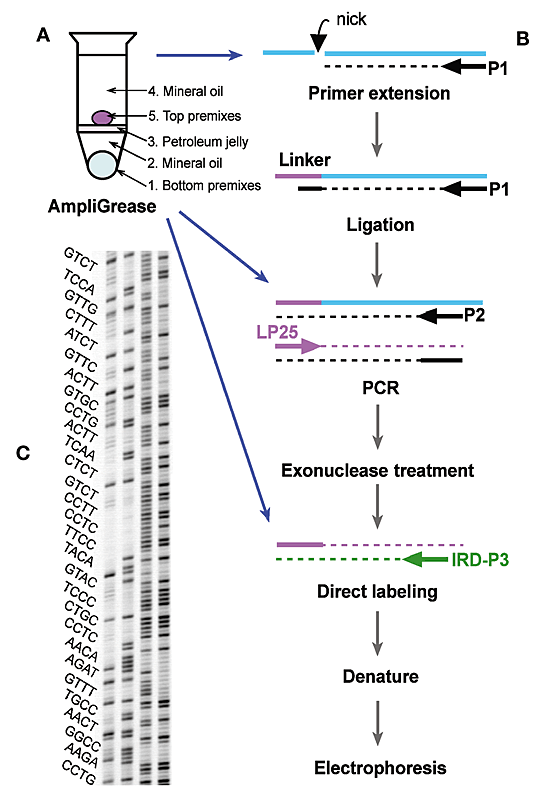
.png)



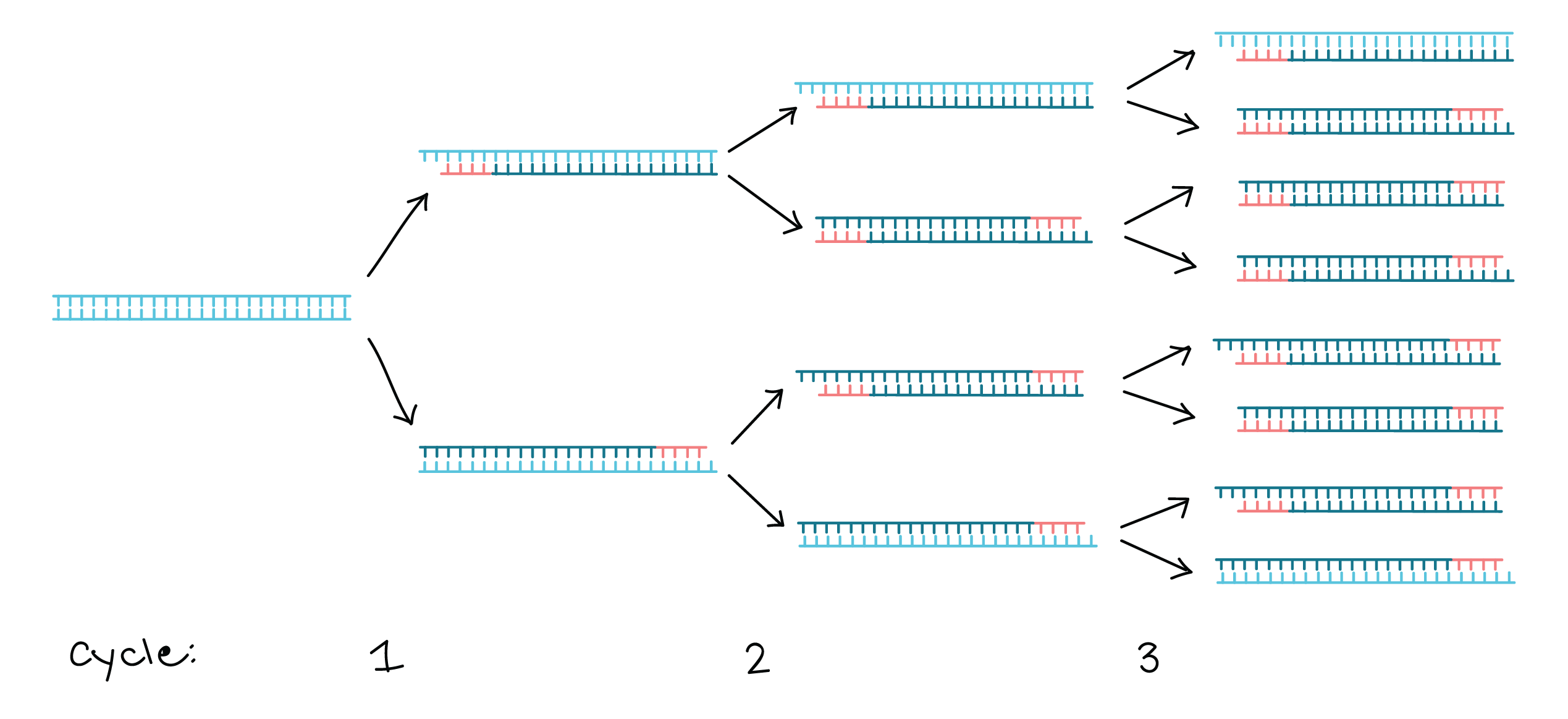


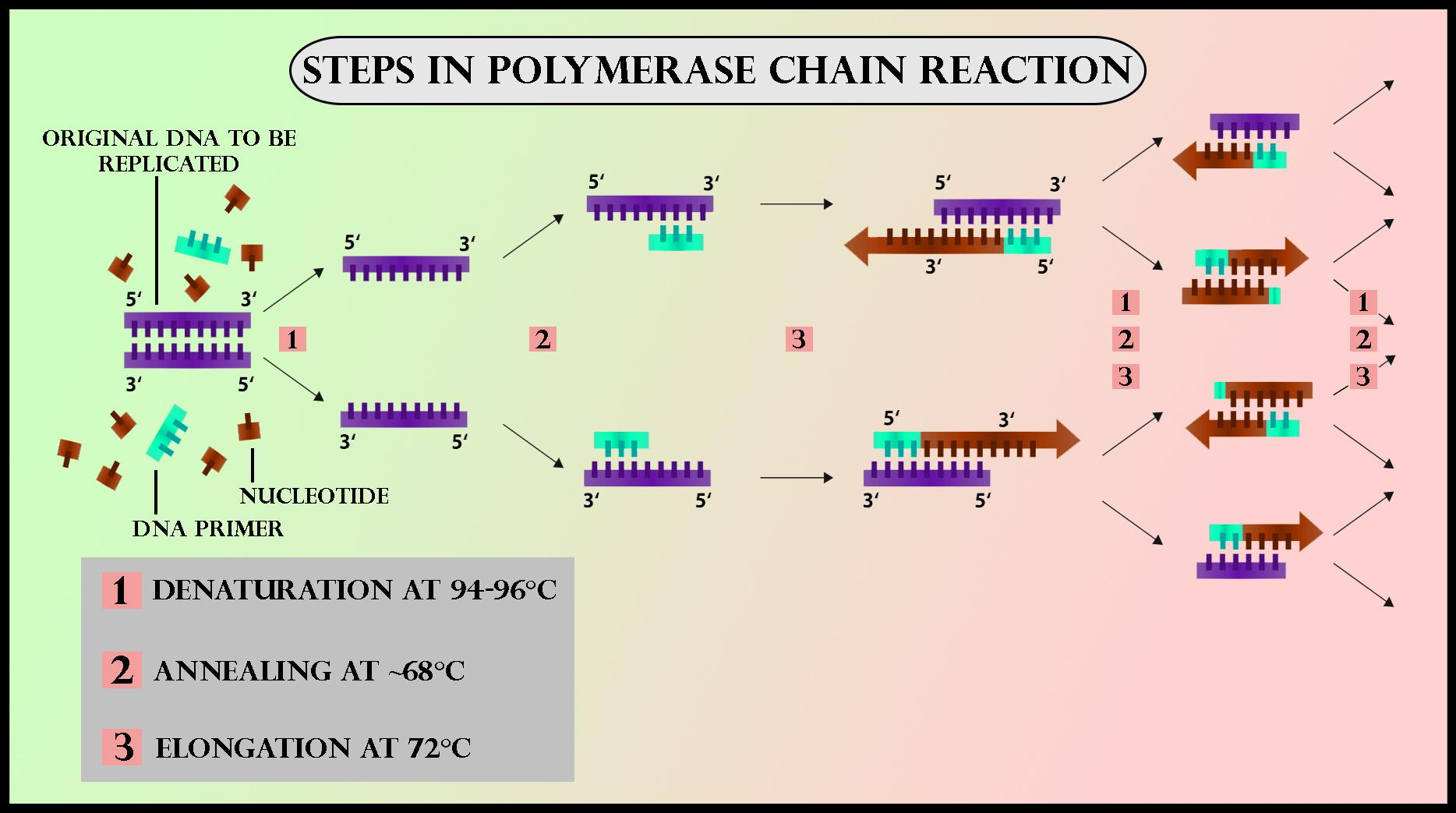


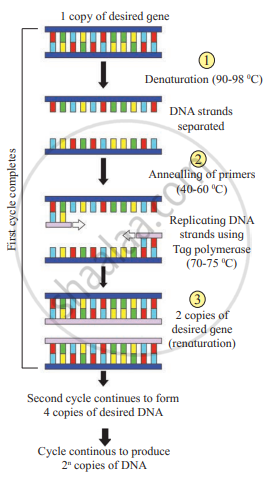





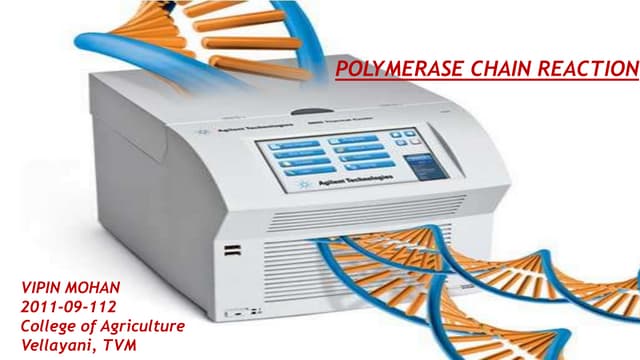
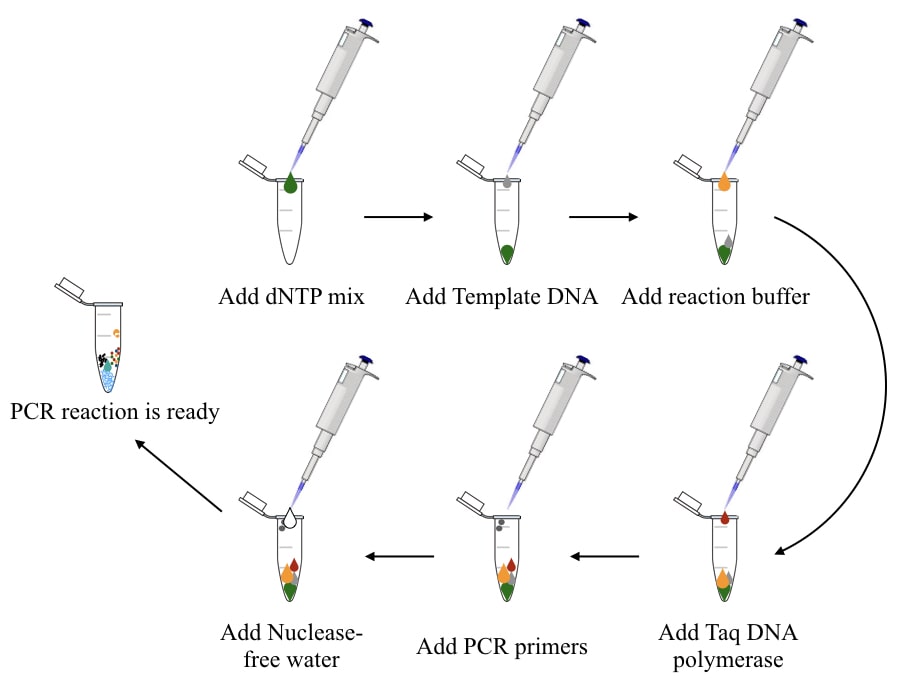
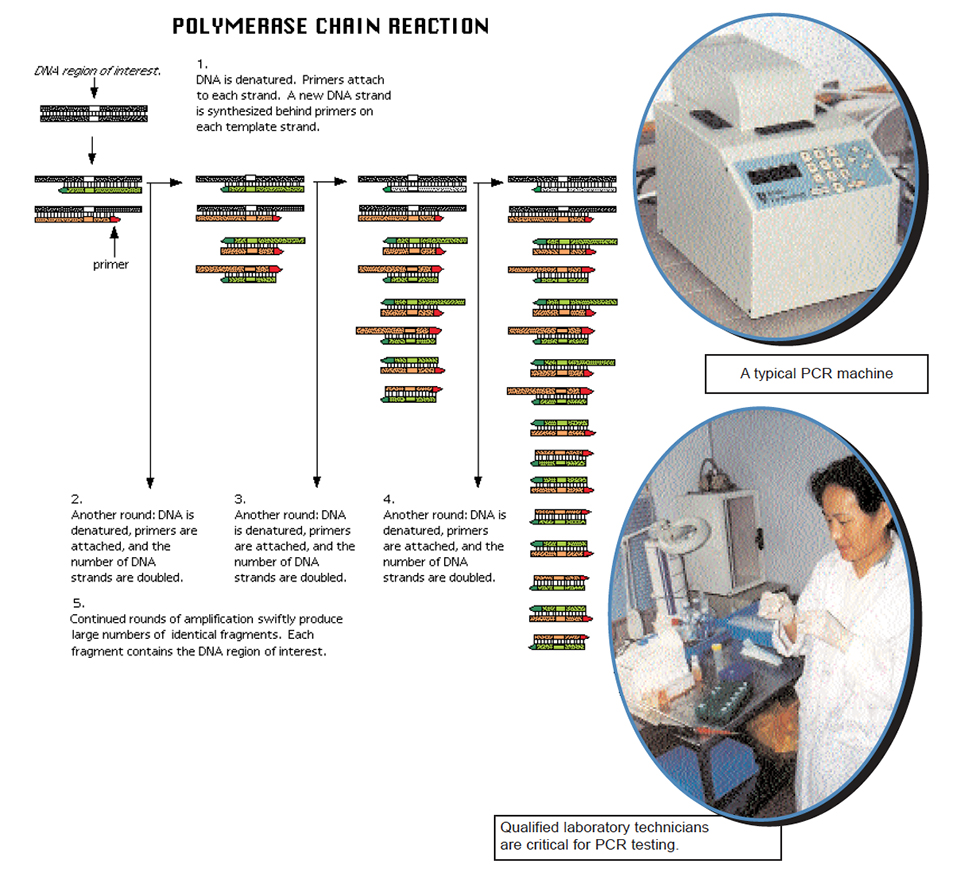

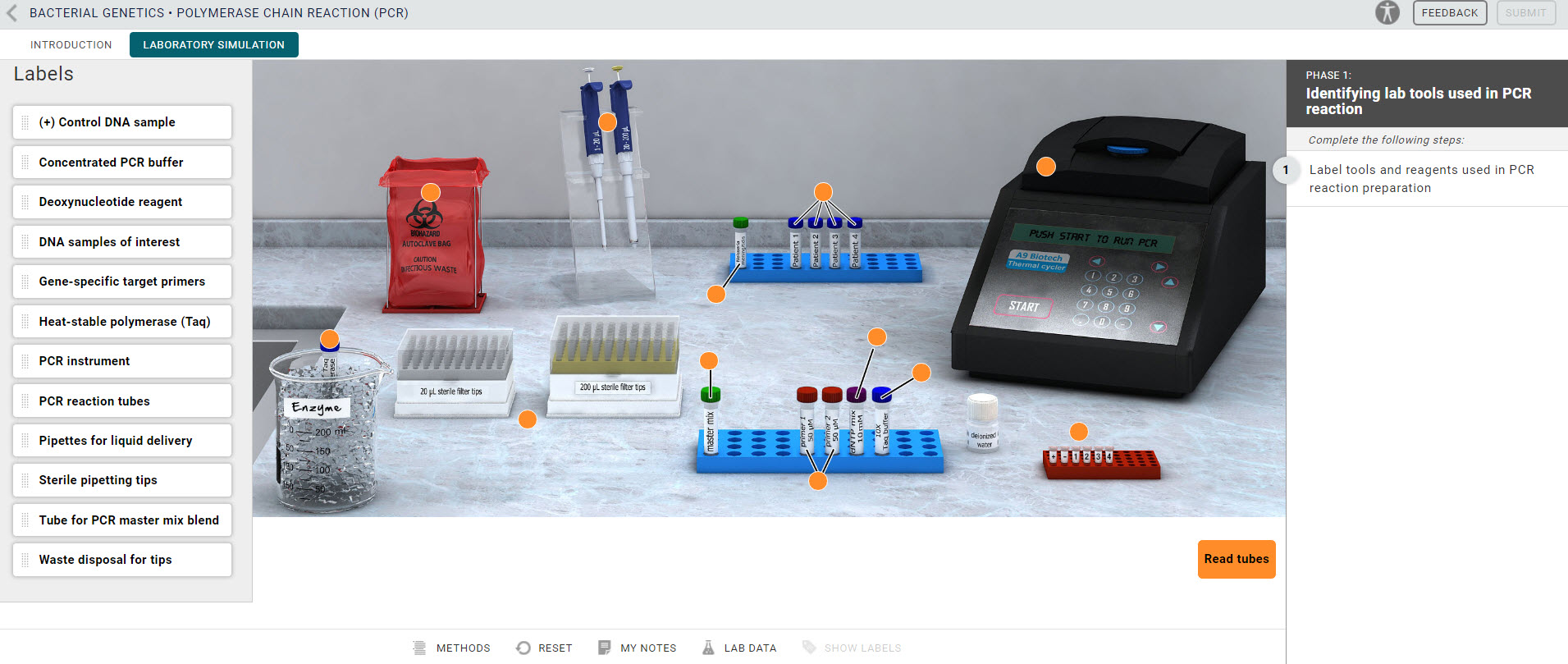


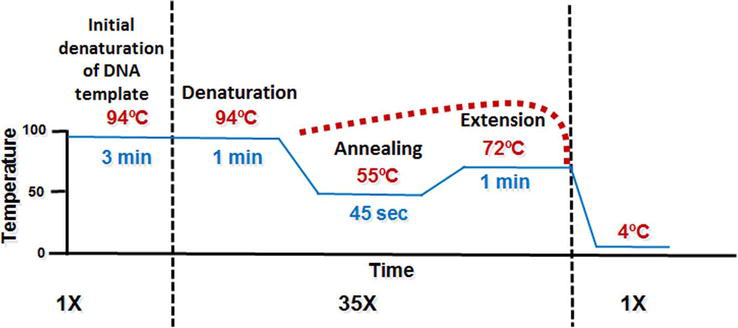

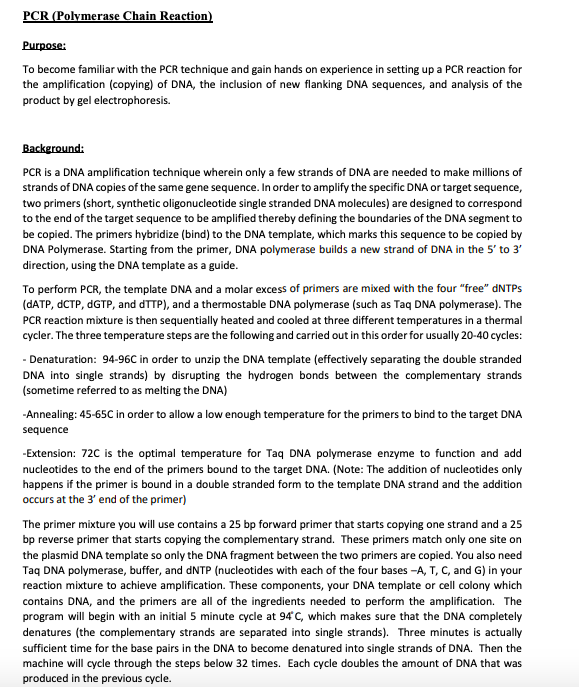


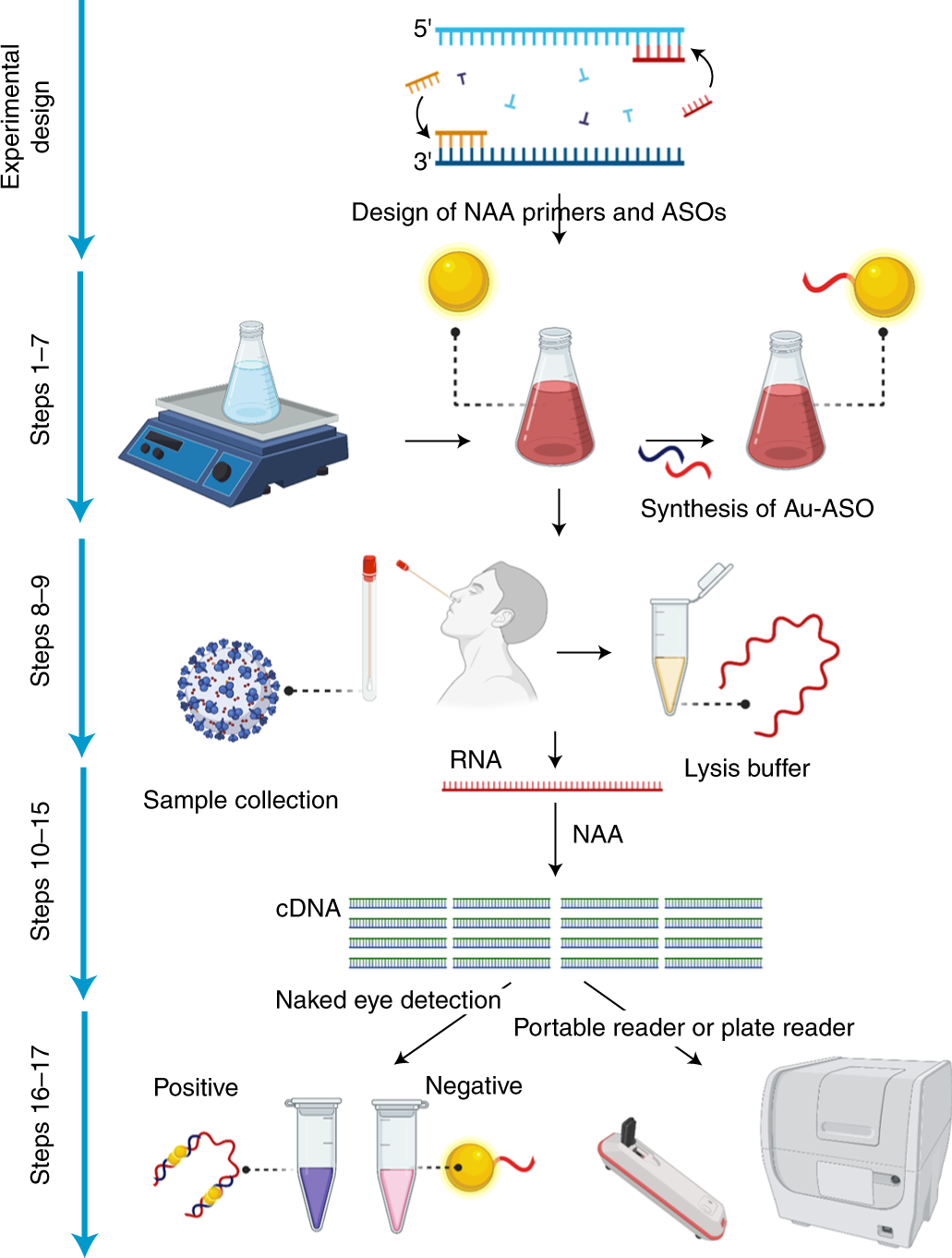
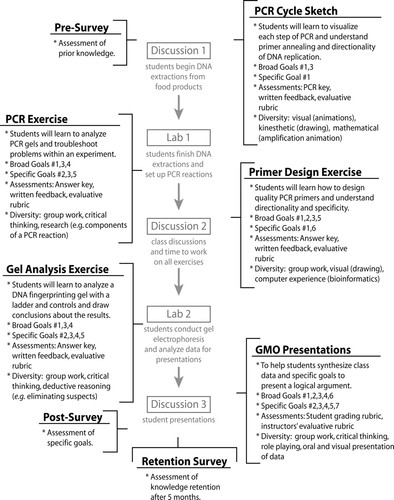



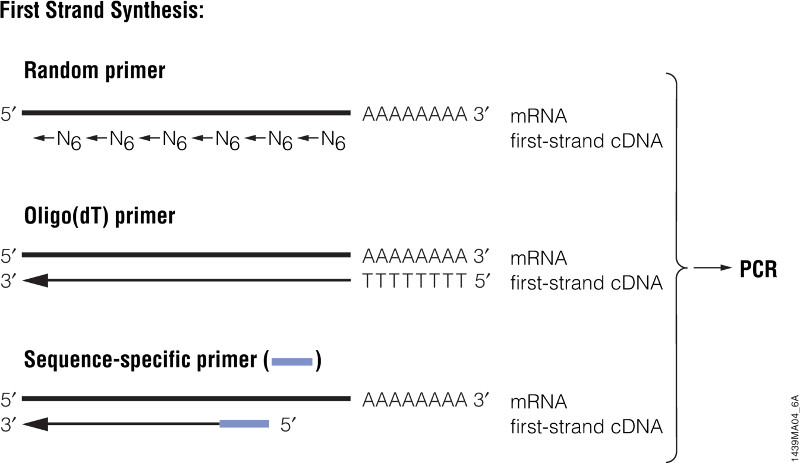
Komentar
Posting Komentar